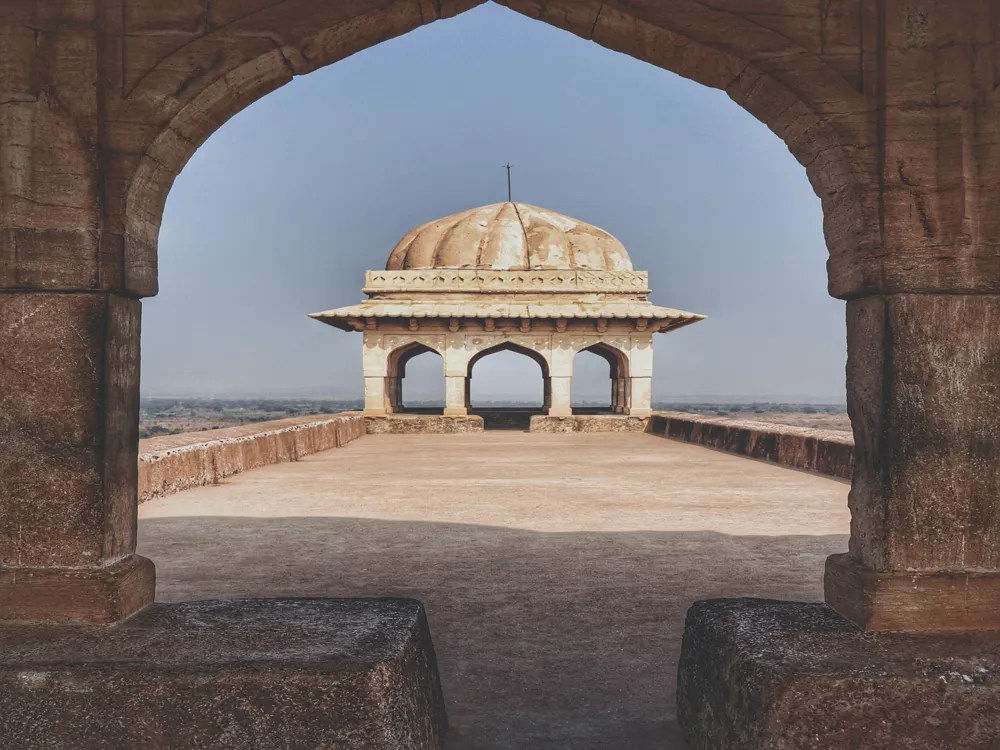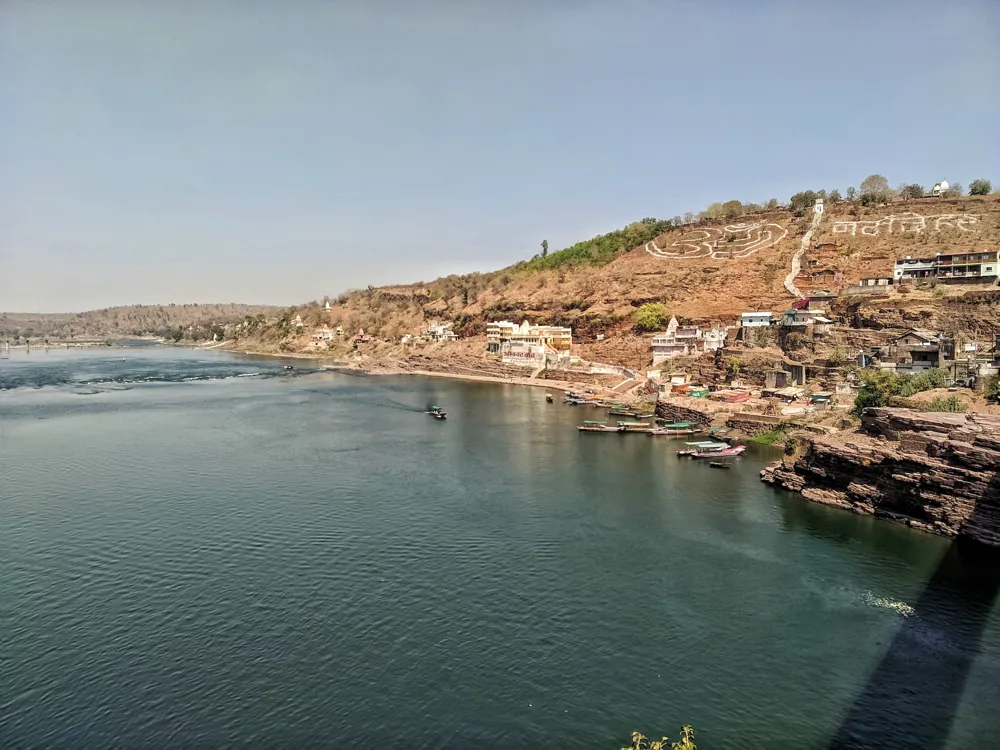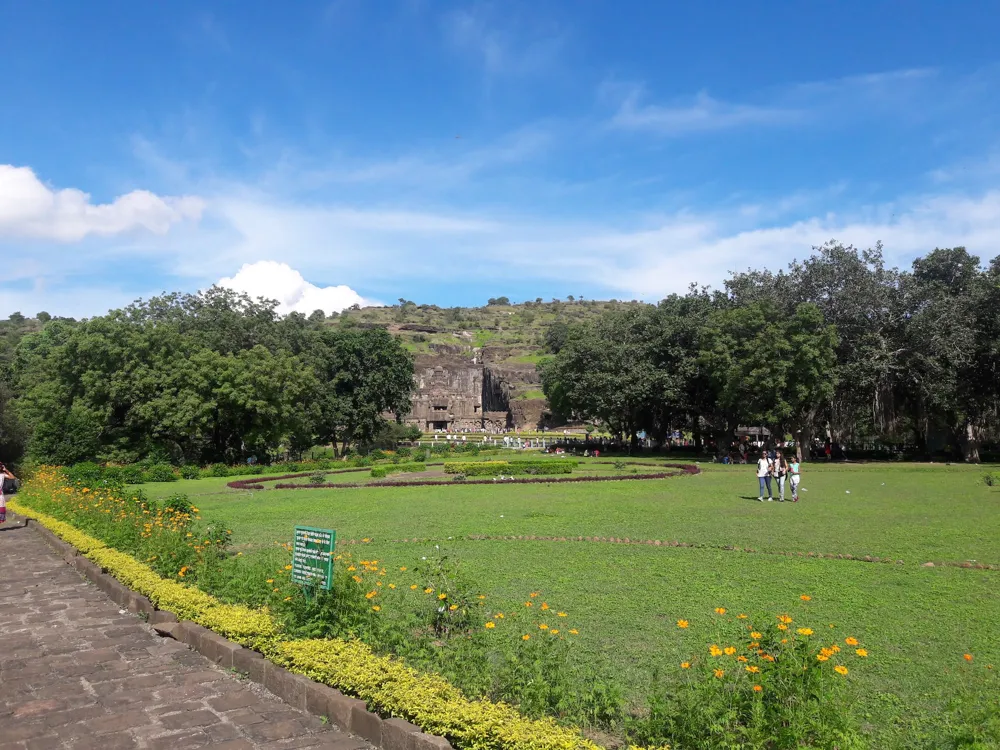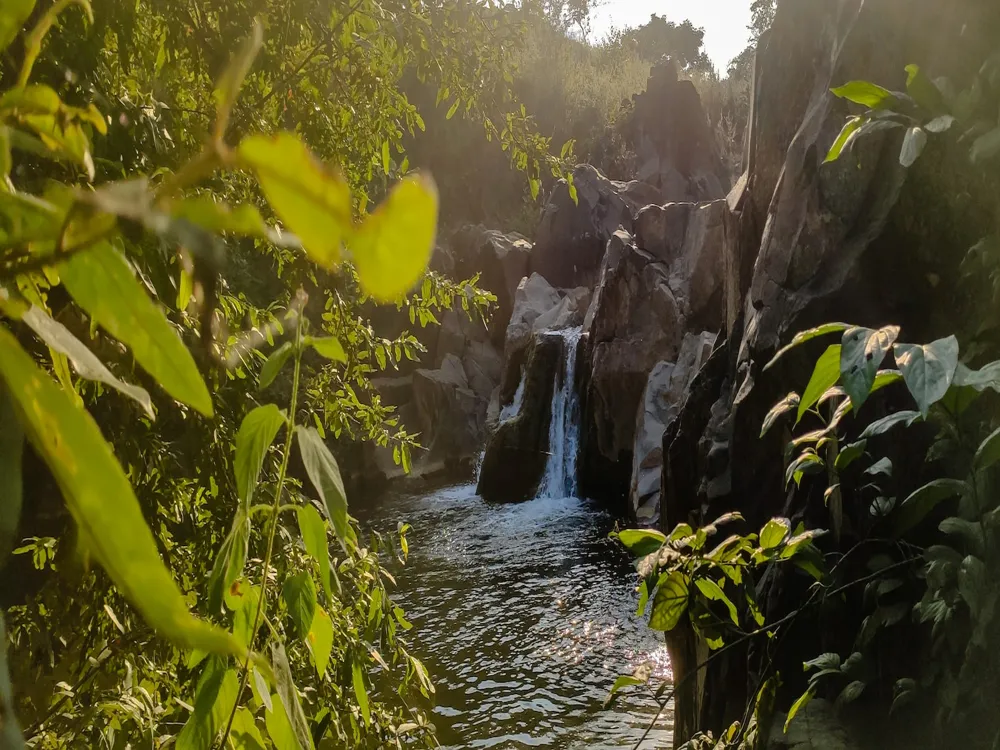The Hindola Mahal, translating to 'Swing Palace,' is a remarkable architectural marvel situated in the historic city of Mandu in Madhya Pradesh, India. This 15th-century structure, renowned for its unique T-shaped design and stunning aesthetics, was built during the reign of the Malwa Sultanate. What makes the Hindola Mahal stand out is its distinctive sloping side walls, which give the illusion of a swaying motion—a feature that led to its name, 'Swing Palace.' The structure's design reflects a blend of Indo-Islamic architectural elements, showcasing the rich cultural and historical legacy of the region. The palace was initially constructed as an audience hall and later served various purposes over the centuries. Its large hall, flanked by beautifully carved columns and adorned with exquisite brackets, stands as a testament to the skilled craftsmanship of the era. The Hindola Mahal's robust construction and minimalistic yet elegant design highlight the architectural ingenuity prevalent during the Malwa Sultanate period. Visitors to the palace are greeted by the sight of its majestic façade and the serene ambiance of its surroundings, making it a must-visit destination for history and architecture enthusiasts. The architecture of Hindola Mahal is a fascinating amalgamation of functional simplicity and aesthetic grandeur. The palace is built primarily of red sandstone, which was a popular construction material in the region during the 15th century. Its defining feature is the outwardly sloping walls, which are angled at about 77 degrees, creating an impression of the walls 'swinging.' This unique structural design not only adds to the visual appeal of the palace but also contributes to its stability and strength. The interior of Hindola Mahal is equally captivating, with a large central hall that once echoed with the voices of the royal court. The hall's ceiling, although now partially ruined, showcases intricate carvings and detailed motifs that reflect the artistic sensibilities of the time. The columns inside the hall are robust and simple, yet their detailed brackets and capitals exhibit the craftsmanship of the artisans. The blend of Hindu and Islamic architectural elements is evident in the ornamental features and the overall layout of the palace. The ideal time to visit Hindola Mahal is between October and March, when the weather in Madhya Pradesh is pleasant and conducive for exploring. During these months, the temperature is cooler, and the lush green surroundings of Mandu add to the beauty of the palace. Opting for a guided tour can enhance your experience, as guides provide insightful stories and historical context about Hindola Mahal. They can point out architectural details and anecdotes that are often missed by casual visitors. Photography enthusiasts should capture the unique sloping walls and the intricate carvings inside the hall. Early morning or late afternoon light offers the best natural lighting for photographs. Visitors are encouraged to respect the historical significance of Hindola Mahal by not littering and avoiding any actions that might damage the structure. Hindola Mahal is easily accessible from major cities in Madhya Pradesh. The nearest airport is in Indore, about 99 kilometers away. From Indore, visitors can hire taxis or take buses to reach Mandu. The palace is well-connected by road, and the journey offers scenic views of the Malwa plateau. Additionally, the nearest railway station is in Ratlam, around 124 kilometers from Mandu. Local transport like autorickshaws and taxis is available from Ratlam to Mandu, making the journey to Hindola Mahal convenient for travelers. Read moreOverview of Hindola Mahal, Mandu, and Madhya Pradesh
The architecture of Hindola Mahal
Tips for Visiting Hindola Mahal
Best Time to Visit
Guided Tours
Photography Tips
Respect the Site
How To Reach Hindola Mahal
Mandu Tourism
Best Time to Visit Mandu
How to Reach Mandu
Things To Do Mandu
Hindola Mahal
Mandu
Madhya Pradesh
NaN onwards
View mandu Packages
Weather :
Tags : Forts & Palaces
Timings : 6:00 AM - 7:00 PM
Time Required : 1-2 hrs
Entry Fee : Indian Tourist: INR 5,
Foreign Tourist: INR 100,
Video Shooting: INR 25
Planning a Trip? Ask Your Question
Mandu Travel Packages
View All Packages For Mandu
Top Hotel Collections for Mandu

Private Pool

Luxury Hotels

5-Star Hotels

Pet Friendly
Top Hotels Near Mandu
Other Top Ranking Places In Mandu
View All Places To Visit In mandu
View mandu Packages
Weather :
Tags : Forts & Palaces
Timings : 6:00 AM - 7:00 PM
Time Required : 1-2 hrs
Entry Fee : Indian Tourist: INR 5,
Foreign Tourist: INR 100,
Video Shooting: INR 25
Planning a Trip? Ask Your Question
Mandu Travel Packages
View All Packages For Mandu
Top Hotel Collections for Mandu

Private Pool

Luxury Hotels

5-Star Hotels

Pet Friendly
















